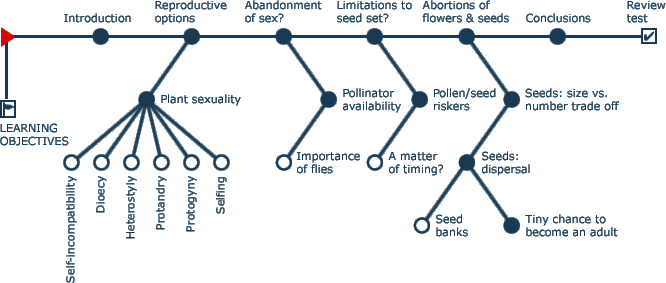|
Alpine plants have developed a large variety of life history
tactics providing a maximum of flexibility and reproductive success
in a frequently hostile environment. Constraints to sexual reproduction
at high altitudes include the short vegetation time, a limitation of pollinators
and the high risk of early frosts limiting seed set. What are the pollinating animals visiting flowers
at high altitudes? What are the particularities of
seed dispersal, germination and establishment among ice, stones and
sand? Early flowering vs. a larger seed set is an unavoidable contradiction
when the favourable growth period is short. Breeding systems and incompatibility
systems determine the rate of selfing vs. outcrossing. Case studies
of reproduction in alpine habitats and
alpine species will demonstrate what is similar and what is different
in the sexual life of plants at high altitudes.
|

